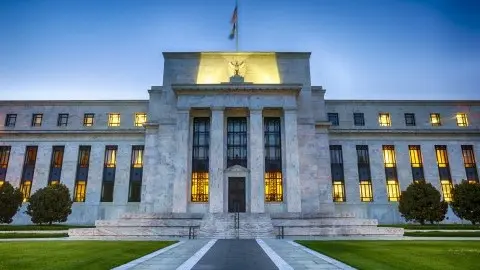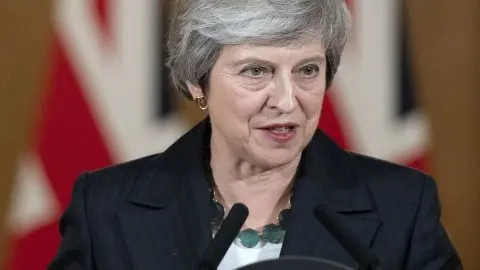Eurozone: a dismal third quarter confirmed
GDP growth in the Eurozone was confirmed at just 0.2% in Q3. Industrial production saw a decline in September. While a small recovery of GDP is expected for Q4, growth momentum has clearly been lost in 2018
The second estimate, GDP growth was confirmed at just 0.2% QoQ and 1.7% YoY. The main culprit was Germany, the Eurozone’s stronghold throughout the 2010s, which saw its economy shrink by -0.2% in Q3. Disruptions in the car industry were an important driver of the first negative quarter since 2015 and the slow quarter in the Eurozone, but it seems that the worries about growth are broader than that.
Exports are weaker thanks to global problems related to trade wars and emerging markets, and consumption was dampened by the higher oil prices seen in Q3. The stagnation in Italy’s economy adds to worries around the Italian budget. The confrontation with Brussels has not been resolved as the ball now returns to the European Commission’s court that now has to decide whether to put Italy in an excessive deficit procedure.
Industrial production in the Eurozone posted a very small decline in Q3, adding to the slow growth performance. Production in September dropped by -0.3% MoM. On the year, growth is just 0.9% for industry and production is still well below the November peak. 2018, therefore, seems to have become the year of one-off excuses for a severe weakening of growth. The question is whether this explains the whole picture or whether these are excuses along the lines of “the dog ate my GDP” and something more structural is happening. While a small recovery of growth in Q4 is in the making, it seems evident that the growth cycle for the Eurozone already peaked last year.
This publication has been prepared by ING solely for information purposes irrespective of a particular user's means, financial situation or investment objectives. The information does not constitute investment recommendation, and nor is it investment, legal or tax advice or an offer or solicitation to purchase or sell any financial instrument. Read more
Download
Download snap
14 November 2018
In case you missed it: Rethinking rates This bundle contains 8 Articles